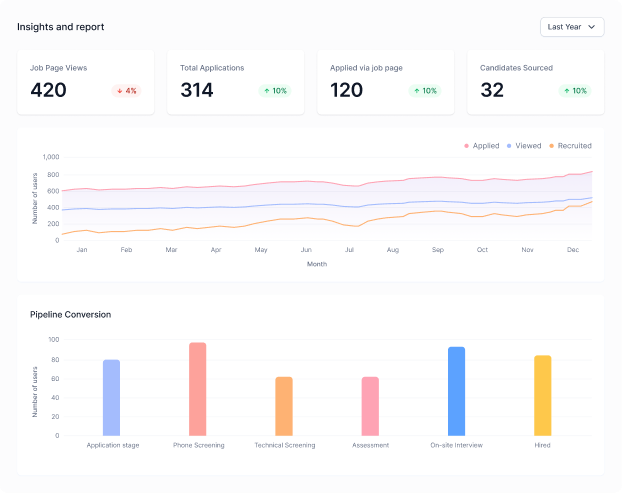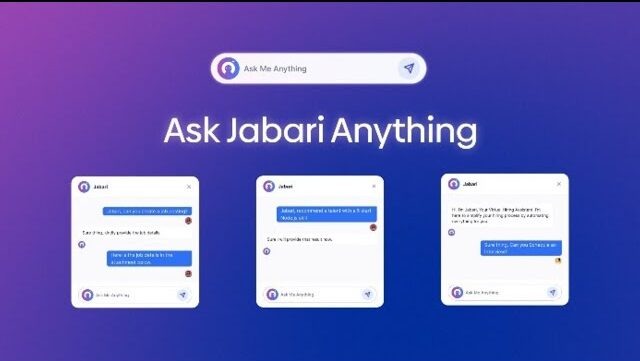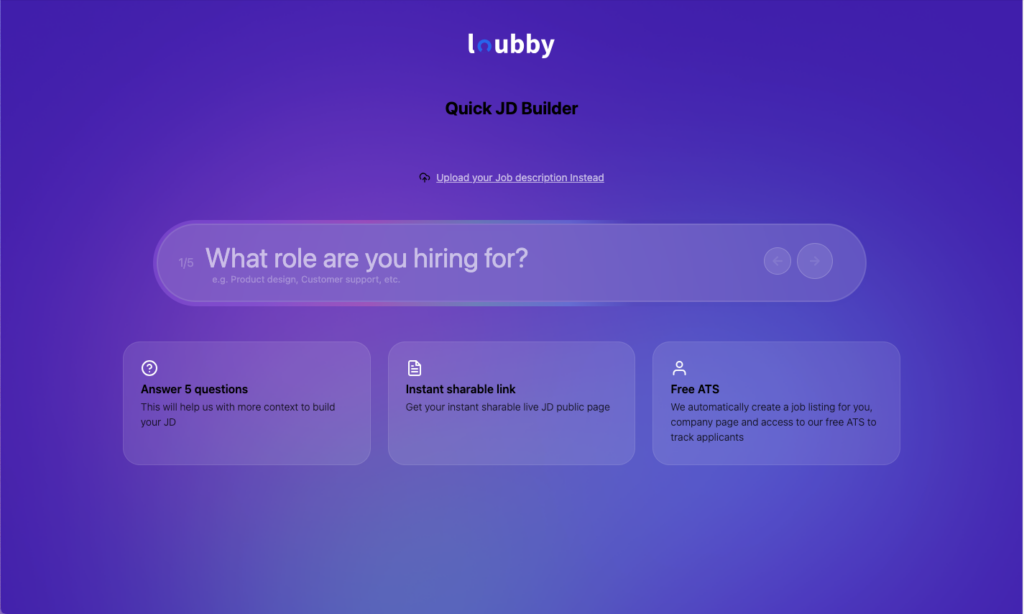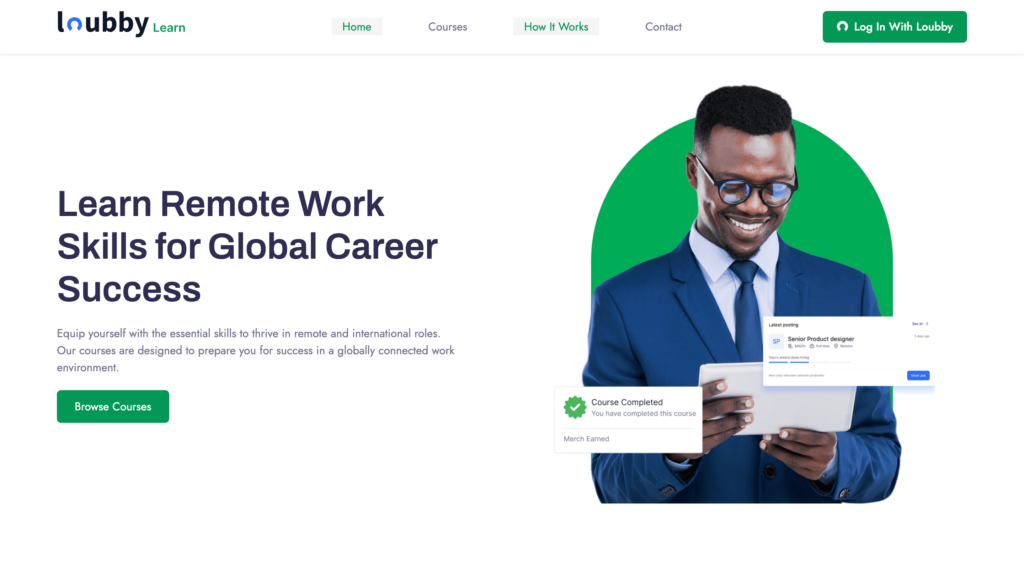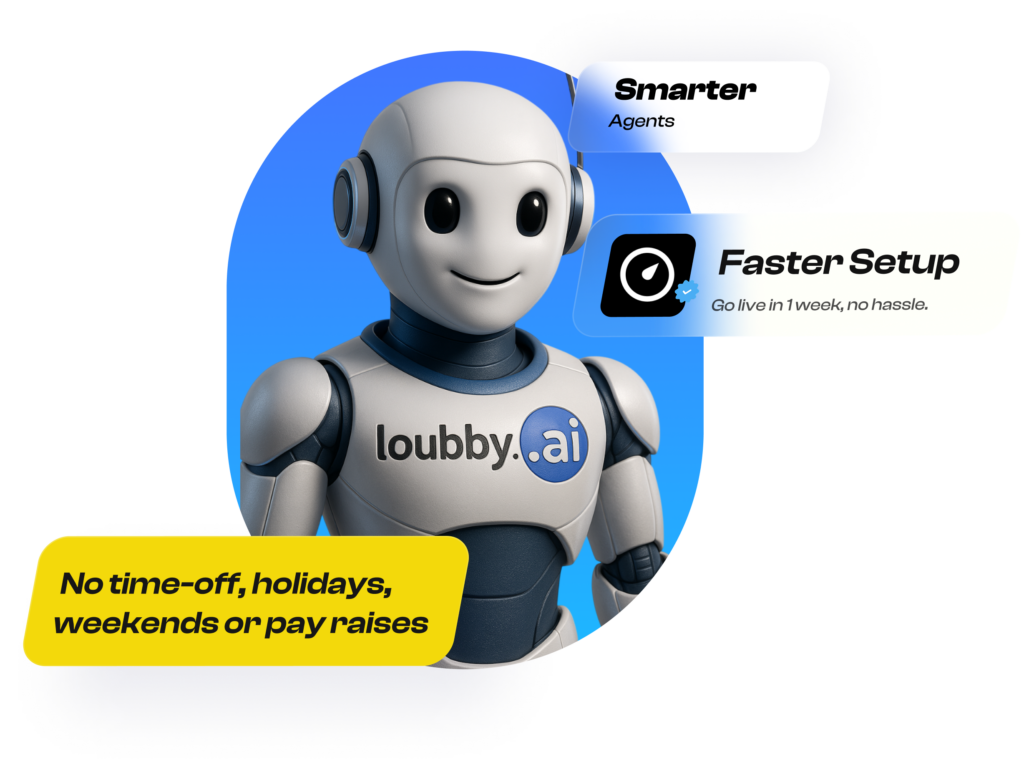To manage remote talent well, you need structure, speed, and a system that doesn’t break under pressure. Hiring someone remotely is one thing. Keeping them productive, paid, and plugged into your team is another matter entirely. Most growing companies use different tools to get one hire up and running. Emails, spreadsheets, endless checklists, and scattered messages create more confusion than results. Before you know it, onboarding drags out, payments get delayed, and talent starts to feel like a burden.
That’s where a better approach makes all the difference. This post will show you how Loubby helps you handle the full process of hiring, onboarding, managing tasks, and paying remote workers without adding extra work for your team or blowing your budget.
The Challenges of Managing Remote Talent
Managing remote talent across different countries can quickly become stressful. One minute you’re onboarding someone in Ghana, the next you’re trying to approve payroll for a contractor in Kenya, all while chasing updates from a hiring manager in Lagos. Nothing sits in one place. Tools are scattered. Workflows live inside Google Sheets, Slack threads, emails, and two or three other platforms. By the time you finally get everything organized, you’ve already lost hours that could have been spent on more important tasks.
This disjointed approach slows everyone down. Hiring managers often make decisions without syncing with operations. Ops teams are left guessing who to onboard, when to start the process, or how the person is getting paid. This lack of visibility creates avoidable back-and-forth and delays.
Then there’s the issue of late or unclear payments. International hires face long wait times and have no easy way to track what’s happening. And when payments are delayed or mismanaged, trust breaks. Talented people start looking elsewhere, usually to companies with better systems.
Centralized Hiring with Loubby’s ATS
Managing remote talent should never feel stressful, going from emails to spreadsheets to different platforms, all just to get a simple task done. This scattered approach is time-consuming and it creates more opportunities for things to fall through the cracks. A tool like Loubby’s ATS brings everything into one place, where posting jobs, filtering through applicants, and screening talent happen seamlessly. You don’t have to be scrolling through a dozen tabs just to figure out where a candidate’s application is.
Collaboration with your team will become smoother. There will be no more endless email threads or back-and-forth in Slack that leave you with more questions than answers. Loubby’s system streamlines communication and makes it possible for teams to make decisions quickly with remote hires.
And let’s talk about the candidates. Loubby’s talent marketplace is a marketplace filled with remote candidates who are already vetted. You don’t need to worry about spending hours sorting through applications. These are candidates who have already been screened, so you’re looking at people who are ready to work for you immediately.
All this means your hiring process moves faster, and you’re not bogged down by the busywork that comes with managing remote teams. Loubby simplifies hiring in a way that keeps the pace up and the stress levels down.
Seamless Onboarding and Talent Engagement
With Loubby’s platform, you can automate your onboarding checklists and streamline document collection. You don’t need to chase new team members for signed contracts or tax forms—everything is done smoothly, and the process flows without you lifting a finger.
You can also assign tasks and keep new hires on track right from the start. From the first day to the end of the probation period, they know exactly what’s expected of them and what they need to focus on. When there’s a clear outline for what they need to accomplish and a timeline to follow, things fall into place quickly.
For remote workers, the key challenge is often staying engaged and motivated without that in-person connection. Loubby’s platform helps keep them on track with clear workflows and consistent communication. With everything laid out, from regular check-ins to progress updates, remote workers feel like they’re part of a team, even if they’re halfway around the world. Clear communication means no one feels left out, and everyone knows exactly what they need to do.
By taking the pressure off the administrative side of onboarding, you make space for your new hires to get comfortable, learn fast, and contribute sooner.
